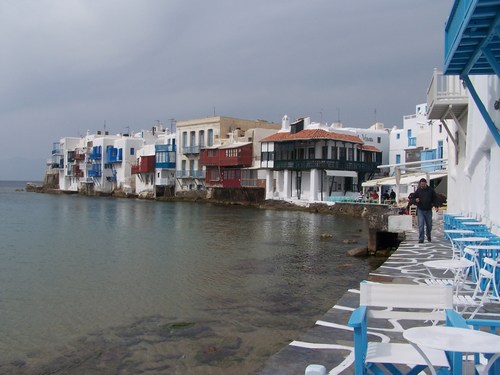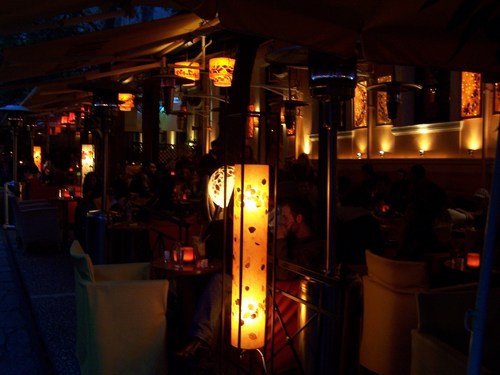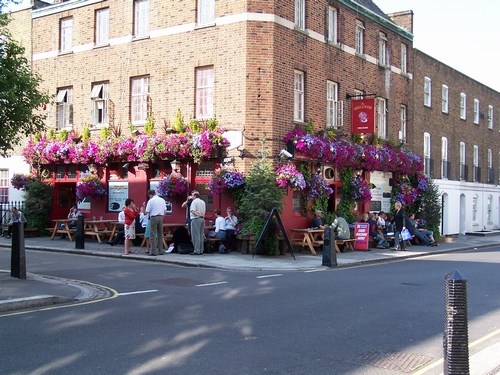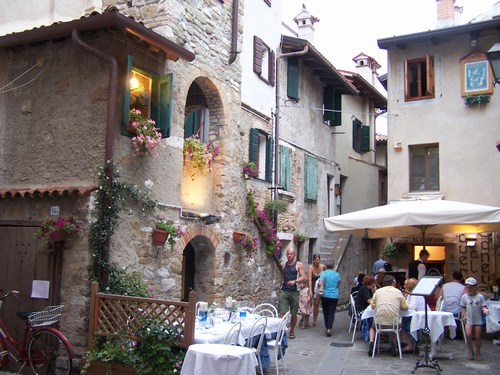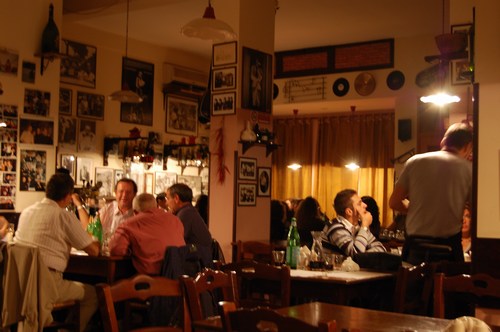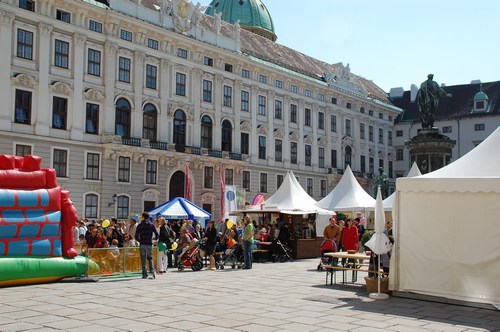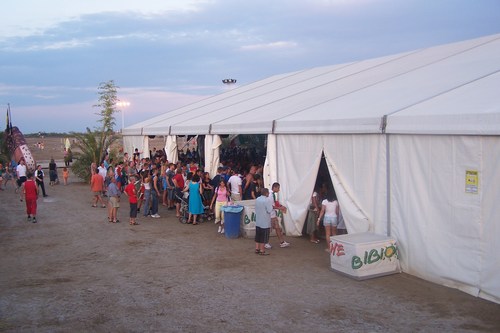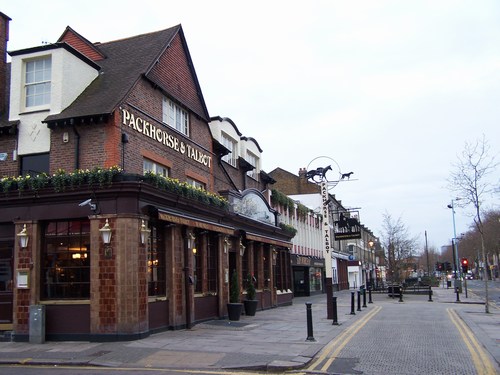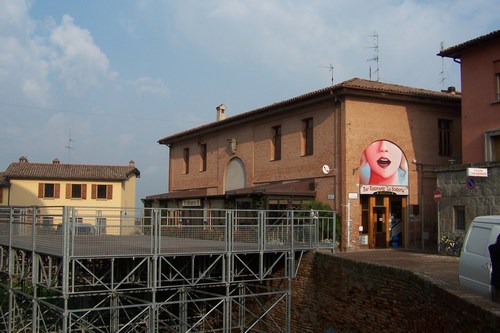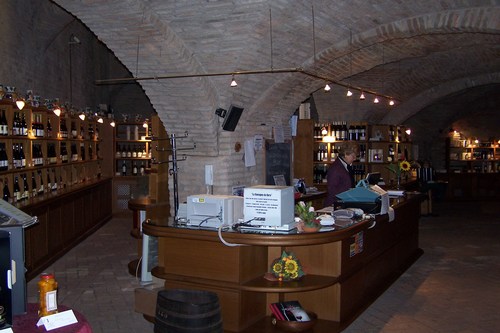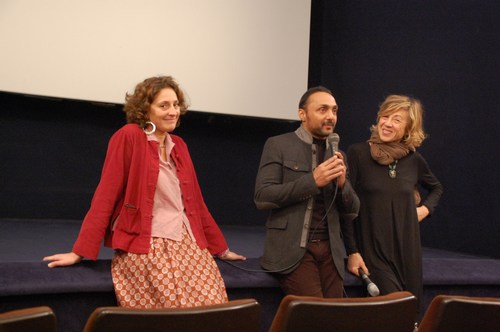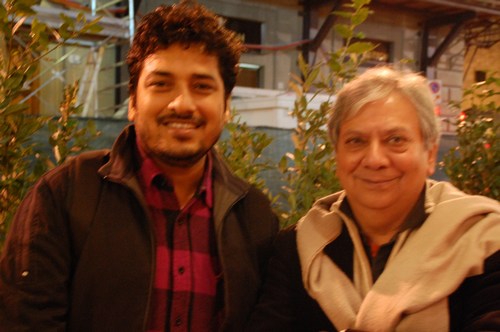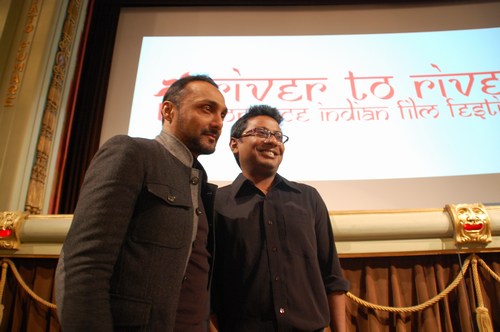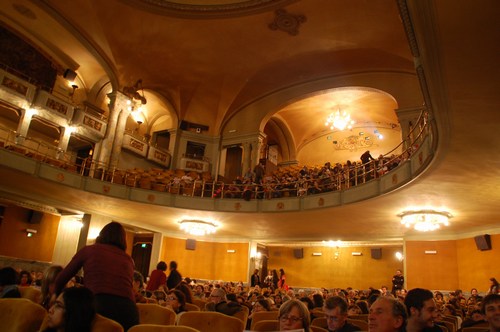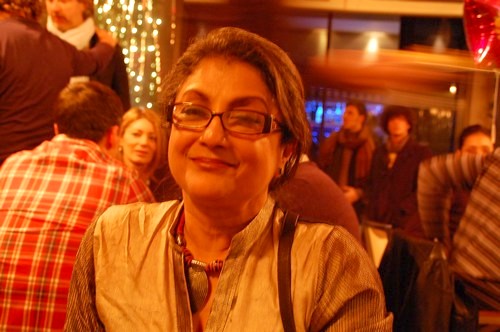I have a feeling that the attitudes towards social drinking in India are very much influenced by British-American attitudes towards alcohol. In the article in Outlook, Anvar Alikhan gives a list of characteristics of a good drinking place:
.. what exactly makes a good bar? It’s a complex, personal issue: what a 22-year-old girl would look for would naturally be different from what a 44-year-old male would want. However, certain basic, universal requirements generally apply, such as:My attitudes towards bars and social drinking are obviously influenced by my living in Italy, the original bar country, where there are bars at every corner and where in some areas, small kids, especially in rural areas, get to taste few spoons of wine from a very tender age, and where there are often discussions on nutritional values of wines and local liquers.
- First, a good drinks menu, with a sufficiently wide selection of good drinks, poured generously.
- There should be a great bartender. He doesn’t have to be a circus juggler, but he must be good at his job, able to mix interesting, innovative cocktails.
- Probably the single most important factor is that the crowd should belong to your “tribe”. Not necessarily people you know, but the kind of people you’d like to know. That’s what gives you a sense of belonging, and makes you want to come back here next time.
- The place must be 60 per cent full. Less than that and it’s uninvitingly empty; more than that and it’s too crowded.
- The service must be efficient, anticipative and unobtrusive. You shouldn’t have to keep waving out for a waiter.
- The music must be interesting, with a mix of familiarity and slight surprise. And the volume must be just right: not so loud that you can’t figure out what your companions are trying to say.
- Great lighting can make a huge difference to any bar.
- Comfortable chairs. Un-ergonomic furniture soon becomes a pain.
- The prices can be premium, but they should never leave you with a feeling of being ripped off.
- A distinctive character, a sense of history, or even a slight eccentricity always adds something special to a bar.
- Ultimately, no bar ever attains perfection. And if it did, it probably wouldn’t be any good anymore. Some small imperfection is always interesting.
In Italy, when people want to go to a bar, they usually go to the one closer to their homes or their work places, or on the way from the home to the work-place, especially where it is easy to find a parking. Here, people go to the bar throughout the day - in the morning for a cup of coffee and a cornetto for breakfast, for another cup of coffee around mid-morning, for a sandwich for lunch or dinner. In all these occasions, some people will also ask for wine or other drink. Some times, usually in winter, some will ask for a drop of Grappa, the Italian grape liquer, in their coffee. So I feel that the relationships with the bars are very different from the ones described above by Alikhan, it is much more familiar.
Thus even attitudes towards drinking are quite matter of fact, and I have never heard of persons talking of good bars and bad bars. May be they talk of clean or dirty bars, or, they talk of friendly and unfriendly barmen/women.
The main differences between Italian attitudes and Indian (and British) attitudes towards drinking seem to be that in Italy, most persons drink wines every day with dinner, and on weekends and holidays, also during lunch. If you are invited by friends to lunch/dinner, you will get offered invariably some light appettizer drinks, then have some good wine with food and then finally have a selection of liquers for after-dinner drinks, that will usually end with a "digestive", that is a bitter tasting liquer with some herbs in it.
In a bar, in the evening, if you are with friends, you can try some exotic looking cocktail, for some social drinking. I think that women go more for this kind of drinking.
Beer drinking is not so common in Italy. Younger people drink it more. Some times, especially on hot days, people will offer you a bottle or can of beer, or you will order beer for drinking with your pizza. But most drinking is done with food or after-food and focuses on wines. I have also not seen persons drinking umpteen bottles of beer to get drunk, like it happens in Africa.
You hardly ever mix water or or soda or even ice in the hard liquers in Italy. I have yet to meet someone here who starts his drinks every evening, before dinner, with two or three pegs of hard liquer, usually whiskey, mixed with water/soda, accompanied by some snacks, that is so ubiquitous in India.
Most important difference in the attitudes towards alcoholic drinks between Italy and India, seems to be the aura of something bad or prohibited that surrounds drinking in India, in spite of the liberalization and changing attitudes in the recent years. The peripheries of cities like Bangalore, are full of seedy looking, dirty and ill-lit drinking joints, where you "hide" to drink. While in Italy, it is more of a common pleasure of life, taken for granted, sips offered to children and to growing up adolescents much like tea in India, and at the same time, that avoids hard drinking.
I have been fortunate with drinks, because invariably the first glass of anything remotely alcoholic is enough to make me sleepy, so usually I tend to avoid drinks. Having half a glass of red wine is usually enough for me! Drnking also makes me more melancholic and introverted. For me, a good bar will be where it is not too crowded, that has no loud music so that people can talk and that does not allow smoking.
Every country has its drink-culture and probably our colonial pasts mixing up with our specific cultural backgrounds, do influence those drinking-cultures. The Mongolian way of seriouly drinking vodka on every occasion or the Caribbean way of having rum or the German love for beer, are very different from the drinking cultures in India and Italy.
However, I think that I need to remember the Indian habits towards drinking when we have guests from India. This means that I must make sure to have whiskey, soda, ice, snacks, etc. and offer it for pre-dinner drinks. I usually forget it and I don't think that our Indian guests appreciate the Italian way of having some light appettizer, wine with food and an offer of post-dinner drinks or digestives!
Usually for an evening with friends, I would prefer to be with at home. We have a good selection of liquers from different countries. This way, no body tries to insist and force me to drink anything and at the end, I usually drink some wine and may be some digestive. And, best of all, after the evening is over I can go straight to sleep!
To conclude this discussion on drinks and bars, here are some of my pictures of pubs, bars, bar-restaurants from different countries of Europe:
